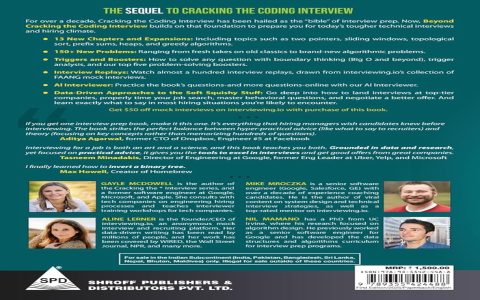The primary conflict between Theresa Earnhardt (Dale Earnhardt Sr.'s widow) and Dale's children (especially Dale Earnhardt Jr. and Kelley Earnhardt Miller) stemmed from disputes over control and ownership of Dale Earnhardt, Inc. (DEI) and other estate assets following Dale Sr.'s death in 2001.
Core Causes
Key drivers of the feud included:
- Control of DEI: Theresa became Chairwoman of DEI. Disagreements arose over the company's direction, resource allocation for Dale Jr.'s racing program, and leadership decisions.
- Asset Ownership & Inheritance: Conflicts developed regarding the rightful ownership of assets like the DEI name, trademarks, and Dale Sr.'s intellectual property rights. Children felt their father's legacy wasn't being stewarded as they envisioned.
- Business vs. Family Interests: Theresa managed DEI as a business entity focused on sustainability. The children, particularly Dale Jr., prioritized competitive racing success and leveraging their father's legacy, creating tension over strategy and spending.
- Communication Breakdown & Trust Issues: Pre-existing personal dynamics, differing visions for DEI's future, and complex legal matters led to a significant erosion of trust and communication.
Key Insights
- Complex Estate Planning: Dale Sr.'s estate plan left significant ambiguity, leaving DEI jointly controlled by Theresa and Dale Jr., an inherently difficult structure when visions diverged.
- Blurred Lines: The intertwining of intense family emotions, profound grief, valuable assets, and high-stakes business operations created a volatile mix.
- Legacy Pressure: The immense weight of managing Dale Earnhardt Sr.'s legacy amplified disagreements into deeply personal conflicts.
- Business Reality: Running a competitive NASCAR team requires tough financial decisions, often conflicting with sentimental family desires.
Practical Fixes / Resolutions
- Business Separation: The feud was largely resolved through Dale Jr. and Kelley leaving DEI. Kelley formed JR Motorsports (JRM) with Dale Jr., building a new successful venture independent of DEI.
- Asset Settlements: Court filings and negotiations addressed specific asset disagreements over time, providing clearer ownership boundaries.
- Mediation/Legal Channels: Both sides utilized legal counsel and potentially mediation to settle disputes, though this process was lengthy and public.
- Time & Distance: Operating separate business entities allowed wounds to begin healing over time. While the personal relationship remains reportedly distant, direct conflict subsided.
- Clear Estate Plans: A critical lesson is the need for ultra-clear estate plans in blended families with complex business assets, specifying management succession and ownership transitions.
- Independent Advisors: Utilizing neutral third-party business managers or board members can help separate emotion from business decisions in similar situations.






